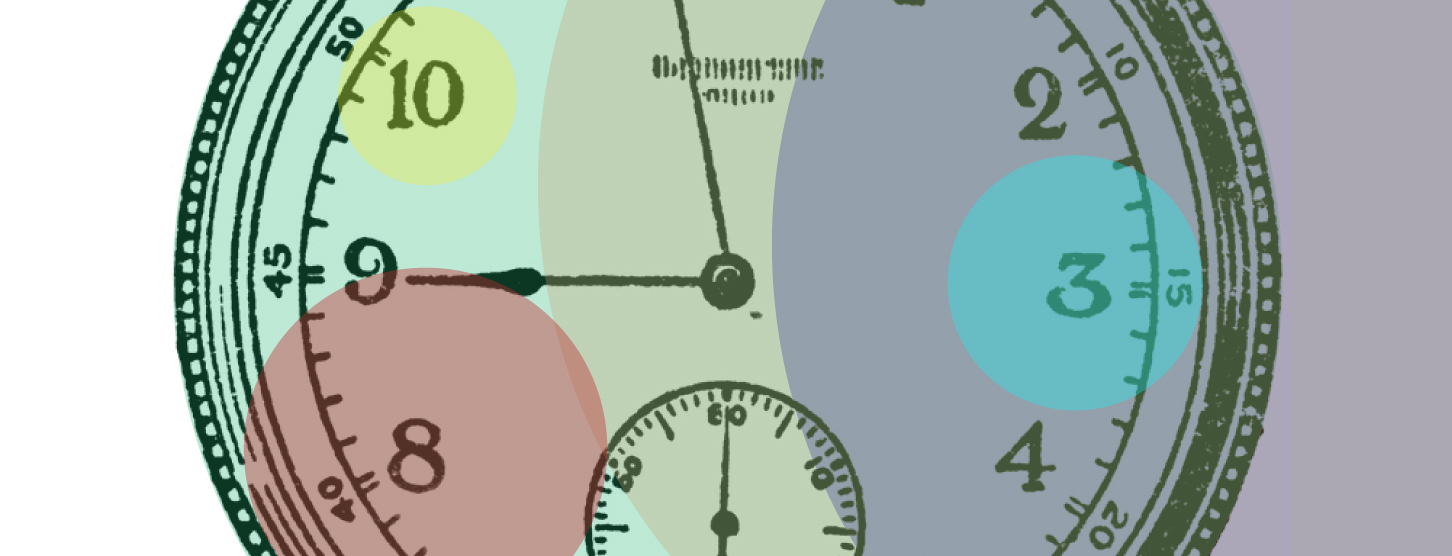by Clare Flynn Levy
This post contains affiliate links to Amazon and we get a very small commission for any purchase you make.
Share post
No one who has met me will be surprised to hear that I read a copy of When: The Scientific Secrets of Perfect Timing by Daniel Pink, the moment it was released. Dan’s books have blazed a best-selling trail in the domains of work, management, and behavioral science – one that I have enthusiastically followed.
I’m a strong believer in the value of both big data analytics and behavioral science – whether for helping businesses build a competitive advantage, or simply helping us to lead better lives. My day job at Essentia is obviously focused on how technology can be used to make these behavioral change as effortless as possible.
No surprise then, that when fintech recruiters Harrington Starr invited Dan to speak in London last week, I was right there in the front row, like a true fan.
Dan’s central point is that timing is NOT an art – it’s a science.
He expands this to say that, in this age of big data analysis, we have the technology to go beyond academic studies of causality, examining instead real-life patterns in human behavior. These reveal that when we do something can be scientifically as important as what we do. If we’re not paying attention to when, we’re missing an important trick – one which has significant implications for how we make decisions, interact with clients, and run our own lives.

When provides a handy hack for identifying your own chronotype and useful advice for adjusting your schedule to optimise for it. I’m a “lark” by chronotype, apparently – an early(ish) bird. That’s not a surprise to me (although small children and long haul travel do have a way of forcing the issue). But what that means is that I should be focusing on doing analytical work in the mornings, doing admin and other tasks that don’t require my best thinking in the early afternoon, and saving creative work for the late afternoons. Interesting. It will require some juggling of the diary, and there are multiple time zones to be reckoned with, but it’s worth a shot.
One of the other points Dan makes that I know will resonate most for Essentia clients is the research finding that earnings calls that take place in the afternoon tend to be more negative in tone, and lead to short term mispricings in the market. Surely that’s a factor that all investment managers should be paying attention to. Yes, the arbitrage opportunity will disappear as soon as enough of the market figures it out, but I’d hazard to guess that it still exists today.
As someone with a calendar that is truly hideous to behold, Dan’s thoughts about taking breaks are also of specific interest. Like so many of you, I was raised with a strong work ethic and an instinct that veers away from taking breaks. But Dan provides enough scientific evidence to make us all re-think that tendency.
He cites the familiar study about parole board decisions as one example: If you want to get out of jail, you’d better hope your parole hearing is either first thing in the morning, right after lunch, or right after the judge’s afternoon break. There are lots of other great examples, such as: If your kids have exams to take, they’re best off having a juice and a run-around right before they go in, rather than reading or studying at the last minute.
But there’s a science to taking breaks, too.
While downing tools for a few minutes to read the news headlines is probably better than just pushing through on work, the data shows that the breaks that have the most beneficial effect are 10-20 minutes long, involve physical movement, and include at least one other person. Most of all, they involve detaching completely: walking to get a cup of coffee with a colleague, talking about anything other than work, for example. Unfortunately, walking down the street checking your email doesn’t count – and it’s a good way to trip and fall, as I just witnessed from my seat by the window in Starbucks.
When looks at lots of other aspects of timing, answering questions including ‘which month of the year is your spouse most likely to file for divorce?’ and ‘why do people tend to run their first marathon when their age ends in a 9?’.
Not only are the recommendations it offers scientifically-based, but they are low-hanging fruit for those of us who are interested in making our own lives a little bit better, both at home and at work. Crack open a copy – I predict it will be time well spent.


